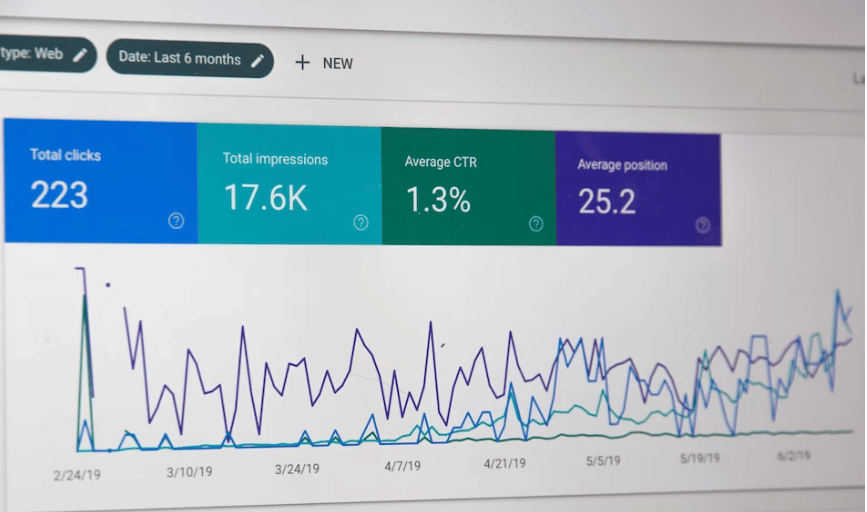A media plan can be hugely beneficial when rolling out a new brand, product, service, or campaign. It can give you a solid process to abide by and helps get the team on the same page. What’s more, it ensures your marketing message is not lost and reaches the right audience at the right time.
So, how can you get your message to the masses? This article explores what a media plan actually is and how you can implement it for your business.
What is a media plan?
A media plan outlines the strategy for how and when you will deliver an advertising message. The plan also details who you will send the message to and the resources you need to make it happen. It also analyzes how the message will support your overall marketing or advertising strategy.
The media plan is typically the responsibility of a content director or marketing manager. They liaise with the accounts team, whether in the office or via Microsoft Teams mobile, and other team members to create one final plan. This ensures everything is covered, from content creation to budget and media.
What are the benefits of media planning?
Here are the main benefits of media planning:
- Gain audience insights: As part of the planning process, you can conduct research that allows you to gain a better understanding of your target audience. This means you can also reach them more easily with your media content.
- Exposure: You can control when and where your adverts are seen, ensuring they are placed in front of the right people.
- Increased reach: You will gain more customers as it allows you to create a detailed, optimized plan that delivers ROI.
- Accessibility: A media plan gives you control over the media and content you share.
- Future growth: You can conduct an in-depth analysis to measure the campaign’s success and your media planning process.
What makes a good media strategy?
An effective media strategy has a clear focus on your goals and objectives. Simply put, you need to consider what you hope to get out of the campaign. Are you looking to drive conversion rates? Are you hoping to gain more engagement? Are you incorporating brand storytelling to improve brand awareness?
Whatever your goals, they should be SMART: Specific, Measurable, Achievable, Realistic, and Time-bound. Setting clear, defined goals will help you develop your media strategy and ensure you make the most of your budget.
How to create a good media plan
Creating a good media plan requires various resources, not least plenty of time and research. You need to be able to tailor the plan to help you work towards the goals you’ve established. To do this, consider the following steps when developing your media plan.
1. Set out goals and objectives
As mentioned, a media plan is nothing without solid, tangible goals. Your business goals may vary from department to department, or you may even have multiple goals for one campaign.
It goes without saying that for the sales team, the goal is to attract more customers and convert more prospects into sales.
For the marketing team, the goal may be more about brand exposure and improving the company’s reputation. Knowing the main goals of your media plan will help you determine the best course to implement it, as well as what the messaging behind it should be.
2. Do your market research
When you’ve established your goals, you can consult the marketing team to conduct market research and even a competitor analysis. For example, if you’re selling hosted IP solutions, find out where your competitors also advertise and whether the strategy, messaging, or channels worked well for them.
You also need to bear in mind that your media plan will need to fit into your allocated budgets. Be wise with what you spend and where you spend it.
3. Determine your target audience
While market research will help you view the market, you also need to dive into the target audience within that market. Information such as age, demographic, location, hobbies, and interests will all be valuable. This will also help you develop the messaging you’d like to get across within your adverts, specifically the language and how it is presented.
You should also look at previous analytics to determine what kind of content your target audience typically engages with and which is most effective. Pay particular attention to where consumers are seeing these adverts. For instance, is it through social media marketing, websites, or print?
4. Manage the frequency of adverts and reach
As a consumer, it can be annoying seeing the same advert over and over again while you are scrolling online. Overexposure can even make consumers want to avoid a product or brand. With that in mind, getting the frequency of adverts right is crucial, as is nailing the reach.
There are various ways to approach frequency, such as:
- Continuity: Where adverts will run on a consistent schedule over a campaign. This could be twice a week, once a week, and so on.
- Flighting: These adverts alternate when to be shown and when to freeze. This can work well if you are working with a smaller budget or just want to switch directions, like switching from digital to print, for instance.
- Pulsing: A combination of the above methods, these campaigns will use low-intensity, consistent advertising.
5. Analyze campaign performance
After successfully implementing a media plan you need to consistently analyze how well it is performing. This way, you can make changes during the campaign if needed.
Adjusting adverts is a common tactic in cloud marketing. Not only does it keep the content fresh, it also ensures your adverts are consistently being shown to the right people.
A media plan’s place in the PR industry
A media plan is a vital tool in a PR toolkit. It gives you full control over the release of your product or service, from the content you publish to the people who will see it.
As we contend with even more advertising opportunities, it’s vital that the PR industry can keep up, continuously determining new ways to target the chosen audience authentically and effectively.











